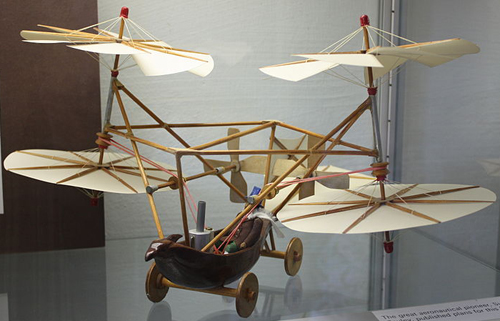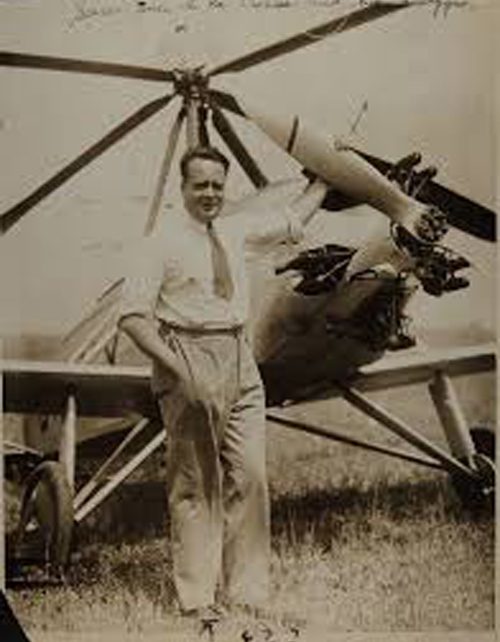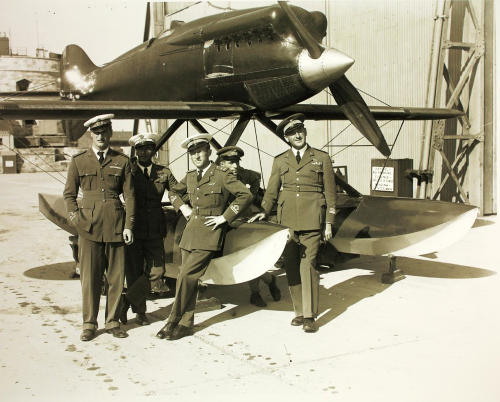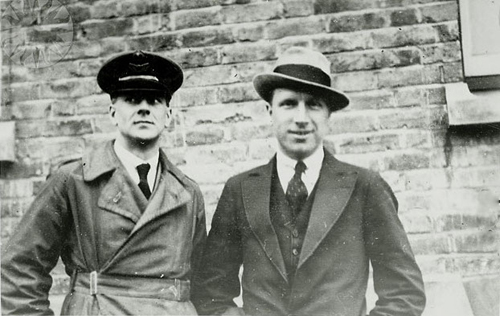The mechanics that make helicopter flight possible have been around for centuries. In ancient China, children put slightly twisted feathers on sticks and rapidly spin them, so that they would lift into the air and gently fly back to the ground. In ancient Greece, the mathematician and inventor Archimedes created a rotating screw for a Read More…
Aviation History
Contributions of the Autogyro
At the beginning of 1923, Juan de la Cierva, a Spanish engineer, developed a rotor blade design and articulated rotor blades. Cierva used a flexible hinge to attach the blades to a shaft. Once the articulated rotor blades began moving, the hinge enabled Cierva to control the lift created by the blades. Once he figured Read More…
The Schneider Cup
In France, Jacques Schneider was one of the people who pushed for advances in aviation. He argued that planes should be able to land on both water and land because many large cities are located close to large bodies of water. To encourage experiments with seaplanes and flying boats, Schneider created an international competition in Read More…
The Transatlantic Flight of Alcock and Brown
In the early 20th century, the Daily Mail newspaper offered numerous prizes for achievements in aviation. One of them was a £10,000 prize for the first transatlantic flight. In 1919, several teams arrived in Newfoundland to prepare planes and crews for such a crossing. Admiral Mark Kerr was working on the Handley Page V/1500, the Read More…
History of the Jet Age – Part 2
The First Gulf War The First Gulf War involved some of the most complex and interesting weapons used in fighting. Untrackable and silent airplanes, bombs with super-accurate targeting, missiles capable of hitting other missiles, and satellites allowing someone to know their exact location while in the middle of nowhere, were all used. What became arguably Read More…




